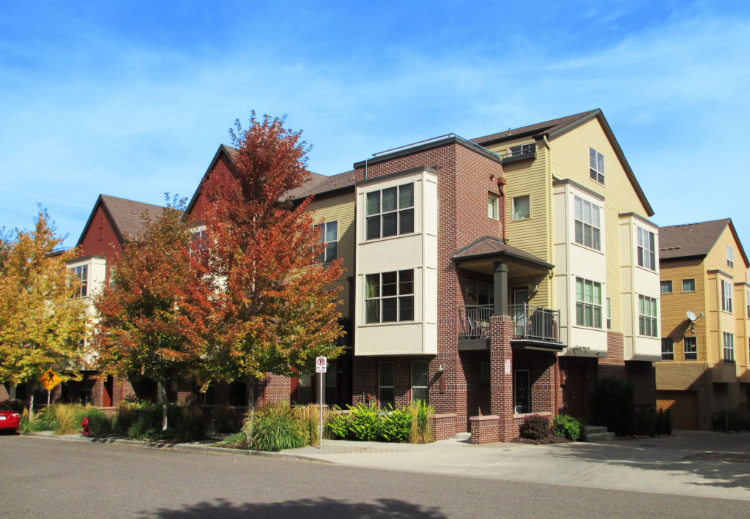The New Year marks the time in society when people examine everyday decisions to improve their quality of life. Suburban regions across America are going through the same process to maintain and attract new residents. Since the 1950’s the trend was to leave the urban core behind and head for the peace and serenity of the suburbs. Now, 60 years later, the demographics of these regions are shifting, following a new mentality and different lifestyle choices.
The look and feel of the suburbs has drastically transformed over the past two decades. Once full of homogeneous families with young children, these communities are becoming increasingly diverse in income, race, and ethnicity. This changing suburban demographic means a modern style of living with an entirely new preference of amenities.
In these neighborhoods, suburbanites are looking for a wide range of modern housing typologies varying from apartments and townhomes to condos and compact single-family homes. These smaller lot housing solutions demand ample quality open space for recreational opportunities. In addition, young suburban families desire to be located within a quality educational system where children can continually grow and develop.
Americans are realizing the challenges associated with suburban living. The sprawled, disconnected form has pushed residents away from their favorite destinations and has led to reliance on cars. John Levine author of The Next Slum states, “One in three homeowners prefers to live in a walkable urban setting.” As a result of this, interest in older, first-tier suburban communities is now beginning to resurface.
Read more from the Best In American Living blog about how the re-emergence of first tier suburbs by clicking here.


